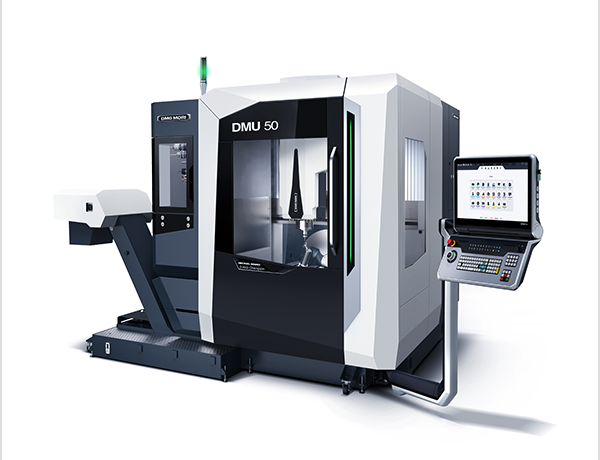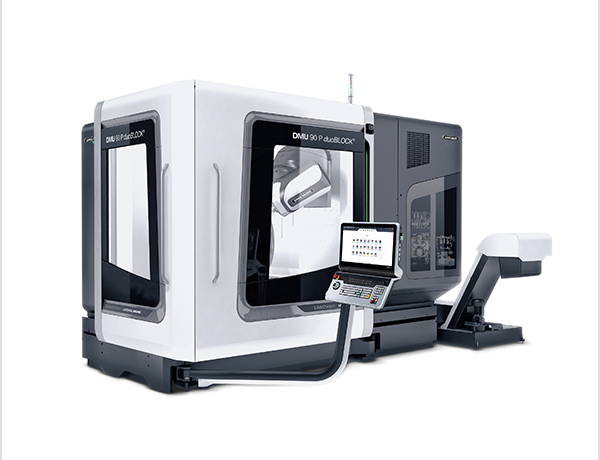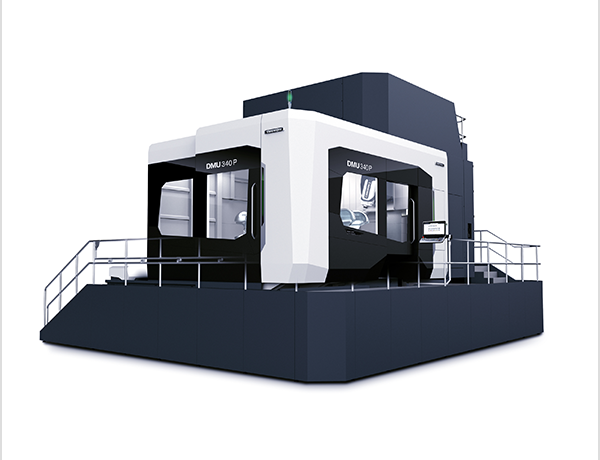5-axis Control Machining Fundamentals

Features of 5-axis Control Machines
- What is 5-axis Control Machining?
-
- More flexible machining method that can be done on a machine with three linear axes (X, Y and Z) and additional two swivel rotary axes.
- Additional swivel rotary axes enable machining of more extensive areas in one setup.
- Machining is mainly grouped into two types depending on how the additional two axes are used.
-
Indexing 5-axis machining

Machining is done on three linear axes with additional two axes positioned at any angle.
-
Simultaneous 5-axis machining

Two swivel rotary axes and three linear axes are synchronized to machine 3D curved surfaces.
Types of 5-axis Control Machines
5-axis control machines are mainly categorized into three types according to where swivel rotary axes are added.
-

Swivel rotary table type
-

Swivel head rotary table type
Representative Machines
-

Swivel rotary head type
Benefits of 5-axis Control Machining
5-axis control machines may be considered being used for workpieces with special shapes, but they actually offer a lot of advantages in machining general-shaped workpieces compared to 3-axis control machines.
-
Shorter machining time, higher machining
quality & accuracy- Reduction in setups
- Avoidance of a tool tip point where tool's peripheral speed becomes zero
-
Less machining cost, higher machining
quality & accuracy- No special tools required
-
Less
machining cost- No dedicated fixtures required







